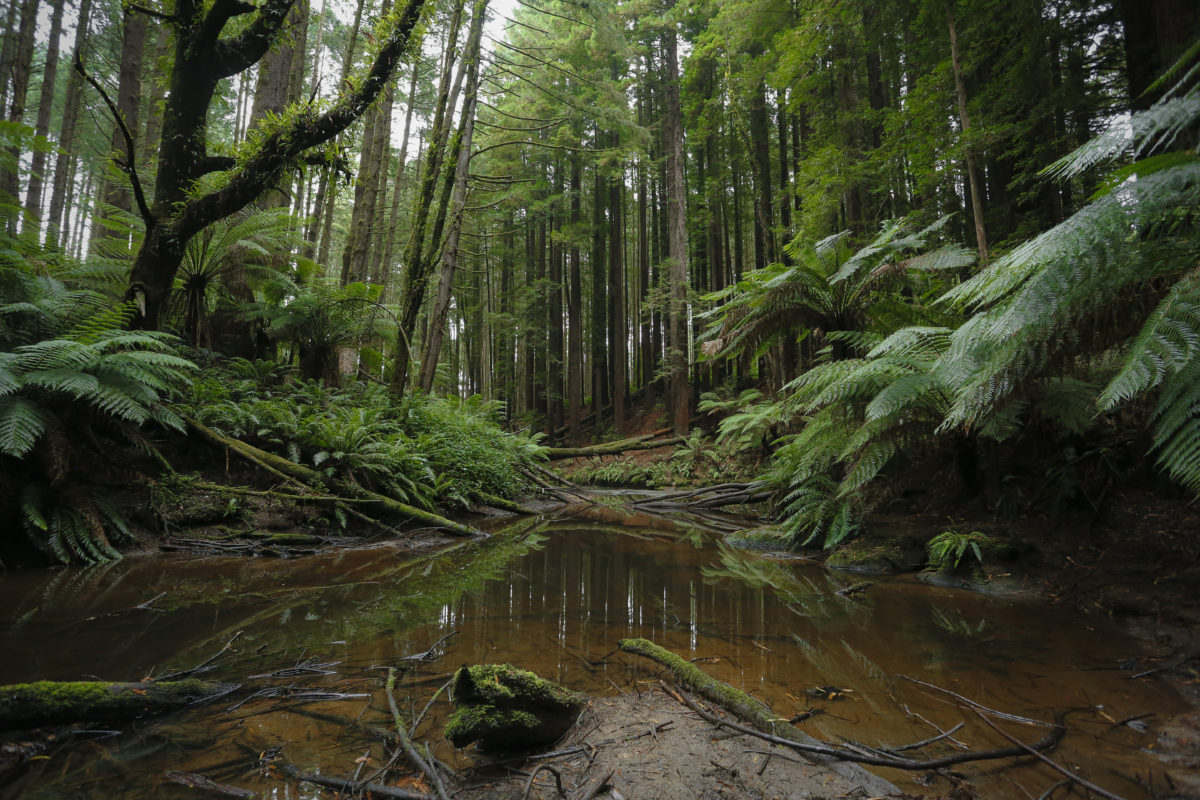Tipping points: How do we know when we are tripping?
The idea of a ‘tipping point’ is more than academic. Once you trip over it you are on a downhill slide towards Hell at the bottom of the hill

Summary of the significant scientific and technical outcomes from the OzFlux network after two decades: Blue relates to discovery, information and knowledge outcomes; grey outcomes relate to assessments across site, regional and global scales; yellow refers to the capacity building outcomes for researchers and green indicates technical outcomes for observations and modelling.
by Caitlin Moore et al., 25/03/2022 in The Conversation
From rainforests to savannas, ecosystems on land absorb almost 30% of the carbon dioxide human activities release into the atmosphere. These ecosystems are critical to stop the planet warming beyond 1.5℃ this century – but climate change may be weakening their capacity to offset global emissions.
This is a key issue that OzFlux, a research network from Australia and Aotearoa New Zealand, has been investigating for the past 20 years….
The biggest absorbers of atmospheric carbon dioxide in Australia are savannas and temperate forests…. as effects of climate change intensify, ecosystems such as these are at risk of reaching tipping points of collapse.
Read the complete article….
Featured image: Shutterstock from the featured article.
